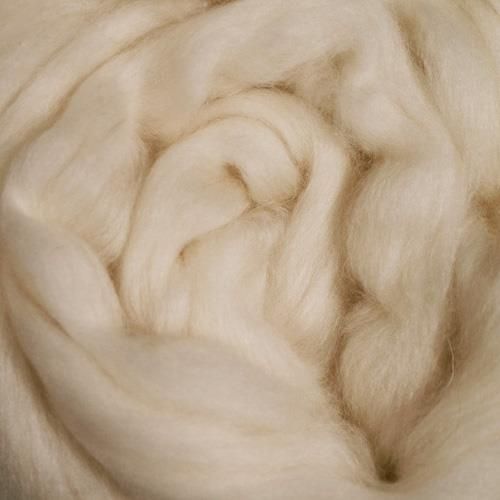Is Cashmere a Natural Fiber? Exploring Its Organic Origins and Uses
Is Cashmere a Natural Fiber? Exploring Its Organic Origins and Uses
Blog Article
Factors You Should Require Cashmere a Natural Fiber for Convenience and Elegance in Everyday Put On
In the world of fabrics, few fibers equal the luxury and comfort of cashmere. Exactly how can one best make use of cashmere to boost their design? These intriguing questions lay the foundation for an informing expedition right into the globe of cashmere. cashmere fibre.
Comprehending the Elegant Nature of Cashmere

Examining the Convenience Variable of Cashmere Attire
What high qualities highlight the comfort aspect of cashmere garments? The gentleness of cashmere is the first quality to take into consideration. Its deluxe texture makes it feel like a second skin, supplying heat without the weight or itchiness related to various other woollen items. In addition, cashmere's special fiber structure enables breathability, regulating temperature level and preventing getting too hot. The product's adaptability and durability guarantee that it mold and mildews against the body conveniently, maintaining its form over time. Cashmere's hypoallergenic homes also add to its comfort, making it an excellent option for sensitive skin. Last but not least, the ability to layer cashmere items without bulkiness enhances the comfort factor. Basically, the convenience of cashmere is originated from its gentleness, breathability, resilience, hypoallergenic nature, and convenience.

The Ecological Influence and Sustainability of Cashmere
While the comfort and beauty of cashmere are undoubtedly appealing, it's similarly crucial to consider its partnership with the environment. Cashmere production, mainly in Mongolia and China, entails raising cashmere goats, which can considerably strain vulnerable meadow environments due to overgrazing. This can cause desertification, a pushing ecological problem. Moreover, the processing of cashmere, involving cleaning and coloring, can also add to water pollution otherwise effectively taken care of. Initiatives are being made to establish sustainable cashmere production techniques, such as rotational grazing and cleaner handling strategies. While cashmere has environmental influences, its sustainability mainly depends on production practices.
Comparing Cashmere to Synthetic Fibers: A Cost-Benefit Analysis
In spite of its ecological obstacles, cashmere provides a websites distinct collection of advantages over artificial fibers. On the cost side, cashmere is undeniably a lot more expensive because of its labor-intensive manufacturing process. Yet, the benefits make it worth the financial investment. Cashmere's all-natural fibers offer unrivaled soft qualities and heat, equating right into convenience that artificial fibers battle to match. Cashmere pieces are extremely sturdy, encouraging longevity that offsets initial expenses over time. Unlike artificial fibers, cashmere does not contribute to microplastic pollution, making it a much more lasting choice. On the other hand, synthetic fibers, while less costly upfront, offer less comfort, have shorter life-spans and present ecological concerns. Thus, when evaluating cost-benefit, cashmere's remarkable top qualities make it a rewarding financial investment for day-to-day wear.
Styling Tips With Cashmere for Everyday Elegance
Having taken into consideration the cost-benefit analysis of cashmere contrasted to artificial fibers, it comes to be clear why this extravagant material is a popular selection for lots of. When styling cashmere for everyday sophistication, simplicity is crucial. Inevitably, the fundamental style of cashmere makes it a functional addition to any type of closet, effortlessly boosting everyday clothing with a touch of luxury.
Conclusion
In addition, cashmere's sustainability and reduced ecological effect compared to artificial fibers even more boost its appeal. Investing in cashmere garments is a rewarding decision for sustainability, comfort, and design.
Report this page